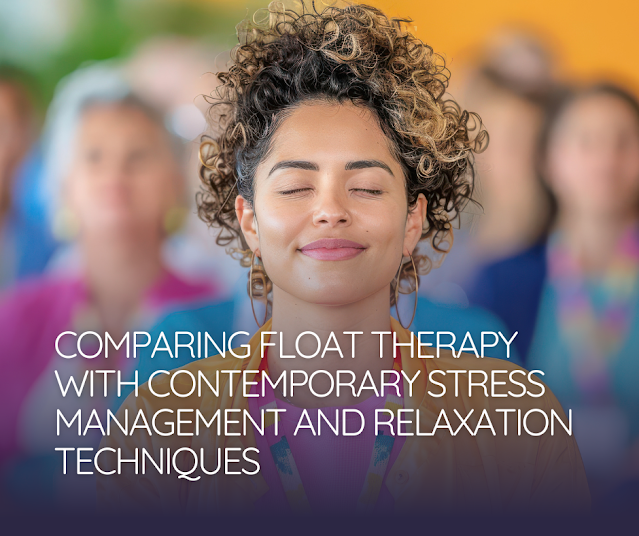Maximizing Sports Performance and Recovery with Floatation Therapy

In the high-stakes world of sports, athletes are continually seeking innovative ways to optimize their performance and recover efficiently. Among the emerging wellness modalities, floatation therapy—also known as sensory deprivation or Float REST (Restricted Environmental Stimulation Therapy)—has gained significant attention. This practice, which involves floating in a warm, buoyant, Epsom salt-saturated tank, offers profound physical benefits that cater to the unique needs of athletes. Enhanced Muscle Recovery Floatation therapy facilitates rapid muscle recovery by reducing physical strain and promoting relaxation. The magnesium sulfate (Epsom salt) solution in the tank is absorbed through the skin, helping to: Reduce Inflammation: Magnesium has anti-inflammatory properties that can alleviate soreness and swelling after intense physical activity. Relieve Muscle Tension: Floating supports the body's natural alignment, reducing muscular strain and allowing deep relaxation. Speed H...







